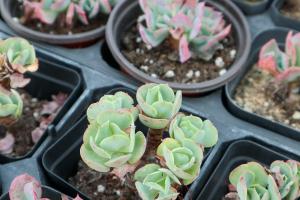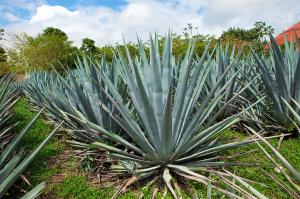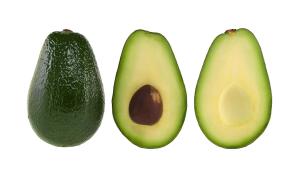Introduction
Fig trees are one of the most versatile fruit-bearing trees that you can grow in your backyard. They are easy to care for, fast-growing, and can yield abundant fruit. However, to ensure a healthy harvest, it is important to plant fig trees at the right time of year. In this article, we will discuss the best time to plant fig trees and the factors that you need to consider for successful growth.
Factors to Consider
Before you decide to plant a fig tree, there are a few factors that you need to consider. Firstly, you need to make sure the climate in your region is suitable for growing fig trees. Fig trees grow best in areas with hot, dry summers and mild winters. They prefer well-draining soil and require full sun exposure to thrive.
Another factor to consider is the type of fig tree you want to plant. There are over 800 varieties of fig trees that you can choose from, and each one has different requirements for soil type, climate, and fertilization. You need to research which variety is best suited to your specific location and soil type.
Best Time to Plant Fig Trees
The best time to plant fig trees is during the dormant season, which typically occurs in late winter or early spring. This is when the tree is not actively growing and is the best time for it to establish roots. Planting during this time allows the tree to focus on developing roots and becoming established before it starts to put energy into new growth and fruit production.
You can also plant fig trees during the fall season, but it is important to make sure you do so at least six weeks before the first expected frost date. Planting in the fall allows the tree to establish roots during the winter and become established before the onset of the next growing season.
Planting Tips
When planting a fig tree, it is important to follow some key steps to ensure successful growth. Firstly, you need to make sure you plant the tree in well-draining soil that is rich in organic matter. Fig trees are known to be drought-resistant, but require ample moisture during their growing season.
It is also important to choose a site that receives full sunlight throughout the day. Fig trees need at least 6-8 hours of sunlight per day to thrive. If your site is not receiving that much sunlight, you may need to consider other locations and options for planting.
When planting, make sure you dig a hole that is two to three times wider than the root ball and the same depth. You should also add a slow-release fertilizer to help the tree establish its roots and promote healthy growth.
Conclusion
Growing a fig tree can be a rewarding experience for gardeners of all levels. By planting at the right time and providing the proper care and attention, you can have an abundant harvest of delicious figs each year. Remember to research the best variety for your region, provide well-draining soil and full sun, and follow proper planting techniques for optimal success.

 how many times do yo...
how many times do yo... how many planted tre...
how many planted tre... how many pine trees ...
how many pine trees ... how many pecan trees...
how many pecan trees... how many plants comp...
how many plants comp... how many plants can ...
how many plants can ... how many plants and ...
how many plants and ... how many pepper plan...
how many pepper plan...































